Altcoin
WLD Price At Risk As FTX Plans To Sell 22.3 Million Worldcoin Tokens

WLD price fell over 2% when it was reported that the FTX estate was preparing to auction 22.3 million locked Worldcoin WLD tokens, valued at roughly $37.7 million, at a discount.
Allegedly, this would be part of the recovery efforts that the estate had been trying to pursue for its creditors.
WLD Price Records Weekly Fall Over 20%
At the time of writing, WLD price hovered around $1.70, but the weekly plunge was over 20%. Bids from interested buyers are due at midnight UTC time on Wednesday, while notifications about successful or accepted bids are expected on Thursday. The WLD tokens are expected to be offered at a discount in the range of 40% to 75% off the current WLD price of close to $1.69.
The estate has a total of 22.3 million WLD tokens, meaning there will be no further auctions for WLD tokens. The WLD tokens will unlock daily up to 2028: the first lot of 20,539 WLD tokens, which will unlock daily from 1 December 2024 to 24 July 2026, and the second lot of 13,689 WLD tokens that will unlock daily starting from 25 July 2026 to 24 July 2028. However, one of the sources below, coupled with a fourth source, felt uncomfortable with the long lock-up of these tokens.
According to an announcement made by Mike Cagney, the co-founder and chief executive of Figure Markets, the FTX estate is auctioning its position in Worldcoin WLD tokens, and WLD price could be discounted by more than 75%. He said these WLD tokens will be unlocked daily until the year 2028. Figure Markets contemplates creating a fund to bid on the WLD token auction, just like the firm did with the FTX estate’s Solana auction earlier this year, according to Cagney.
Is This the End Of The Price Rally?
The FTX estate, earlier this year, sold its Solana and Metaplex tokens’ stock before now selling its stake in Worldcoin. In May, it reportedly completed the sale of its $7.5 billion over-subscribed portfolio of Solana tokens at a discount to interested investors, which included Pantera Capital, among other investors.
The project, that has become infamous due to the very innovative process of verification with the so-called ‘orb’, recently announced the extension of World ID verification to Poland. This fact has gained much global attention and underlined the growing outreach and prominence of the World ID system in general.
Last month, some crypto funds, including Pantera Capital and ParaFi Capital, acquired 62.6 million MPLX tokens from Wave Digital Assets formerly held by the FTX estate.
According to data from Arkham, the FTX estate is said to be left with $594 million in residual assets. Of this, though, the lion’s share is about $541 million in FTX’s FTT token, highly illiquid and likely unsellable as the estate has marked it to zero.
According to technical analysis, the WLD price may increase during 2025. Concretely, the lowest rate could be $3.56, while the highest might reach $4.29. This year’s average forecast is about $4.00, with quite positive expectations for this token.
Worldcoin is the crypto startup from OpenAI founder Sam Altman. However, Altman is also the co-founder and CEO of OpenAI, the AI research and deployment company behind ChatGPT and DALL-E.
Recently, OpenAI has closed $6.6 billion in new funding, bringing an end to a convoluted fundraising process that involved negotiations with several of the major tech companies and a number of international investors. Sure to fuel ambitions at the aggressive AI developer, competition and interest in the sector continues to rise.
Disclaimer: The presented content may include the personal opinion of the author and is subject to market condition. Do your market research before investing in cryptocurrencies. The author or the publication does not hold any responsibility for your personal financial loss.
Altcoin
Is Solana Forming a Death Cross Against Bitcoin?
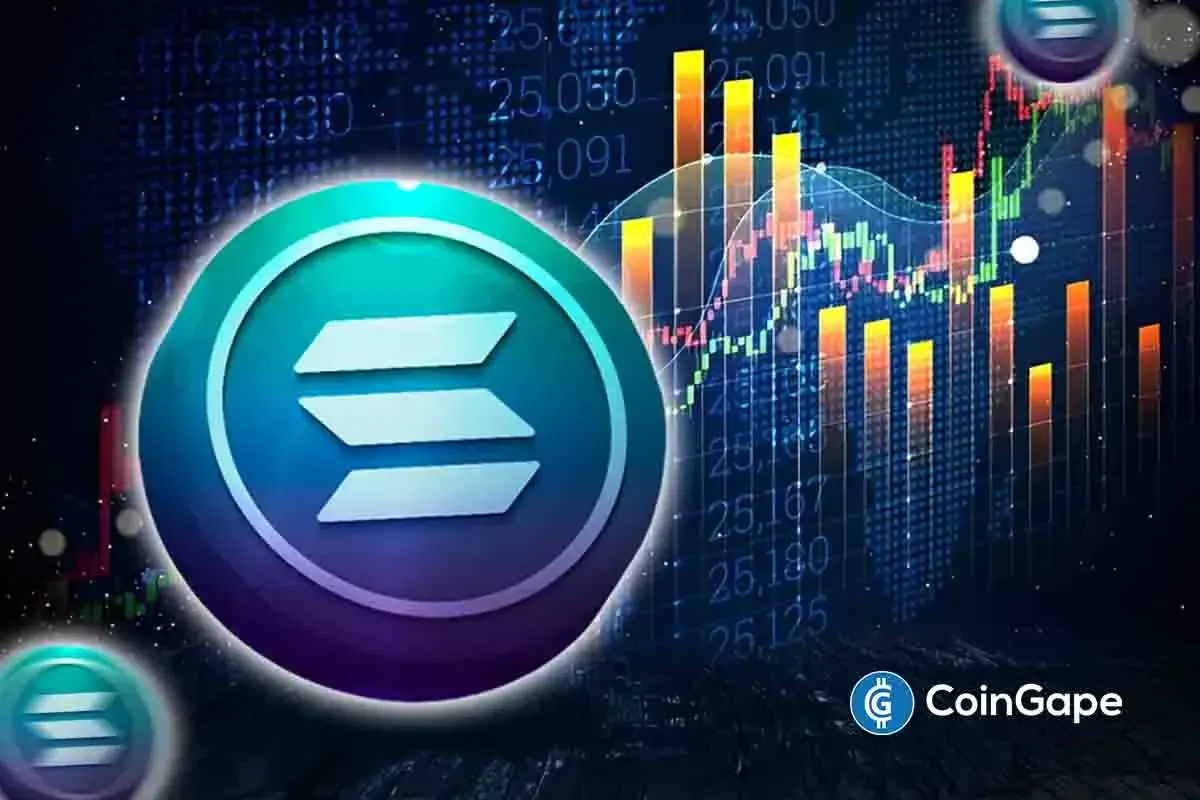
Solana (SOL) price has been under pressure recently, leading to concerns about a potential downtrend against Bitcoin (BTC). On the SOL/BTC price chart are signs that the cryptocurrency could be forming a “death cross,” a pattern that suggests a further decline in price.
This follows a period of weak performance for Solana relative to Bitcoin, sparking discussions on whether the altcoin can recover or continue to underperform.
Will Solana Form a Death Cross Against Bitcoin?
Over the past few months, Solana price has experienced a sharp decline when compared to Bitcoin. As of mid-April 2025, Solana is priced at 0.00158 BTC, down by 23% from earlier in the month. This comes after a significant 54% drop since January, showing a steady loss in value relative to Bitcoin.
The recent drop in Solana’s price has raised concerns among traders and analysts. Moving averages, which track price trends over time, have been narrowing, which is often a precursor to a potential death cross formation.


Specifically, the 23-day moving average is approaching the 200-day moving average in the weekly chart, a key level for technical analysts. If it crosses below the 200-day average, it would officially signal a death cross. This could indicate a further decline in Solana’s price against Bitcoin.
Solana’s Recent Performance and Market Trend
Nonetheless, Solana has had some strength, which can be attributed to the recent launch of Solana ETFs in Canada.
At the same time, institutional investors’ attention contributed to the altcoin’s success in surpassing the performance of numerous other cryptocurrencies, including Bitcoin. Solana delivered a 10.5% return within a week, while Bitcoin delivered a 1.8% return in the same time frame.
Nonetheless, the recent excitement about Solana appears to have subsided with the lessened market movements. Analysts like Ali Charts are now analysing whether the recent strength was just a blip in the charts or the first sign of an actual trend reversal to $65.
SOL/BTC Technical Patterns and Support Levels
Based on the current technical perspective, Solana’s price trend against Bitcoin has established the “Falling wedge” chart. This pattern is normally noticed during the consolidation phase, and the break above the upper trend line is usually interpreted as a signal for a bullish move.
The declining moving averages indicate that Solana may continue to decline against Bitcoin and possibly test lower supports despite the SOL/ETH ratio recording its highest weekly close
At present, the price is almost at the apex of the wedge pattern, meaning that it can break soon. If the price surmounts the resistance level at around 0.0018BTC, it will possibly lead to a bullish run and might even regain the value of 0.001895BTC for Sol. However, if the price cannot hold its support at 0.0014 BTC, then it may decrease even lower.


Solana’s performance against Bitcoin will be very significant over the next few weeks. The potential death cross and the support and resistance levels on the chart pinpoint that Solana might experience a difficult time moving forward. If the trend persists, the altcoin could potentially drop as low as 0.001 BTC—a price point that, when measured in dollar terms, is below $100.
Disclaimer: The presented content may include the personal opinion of the author and is subject to market condition. Do your market research before investing in cryptocurrencies. The author or the publication does not hold any responsibility for your personal financial loss.
Altcoin
Canary Capital Files For Staked Tron ETF
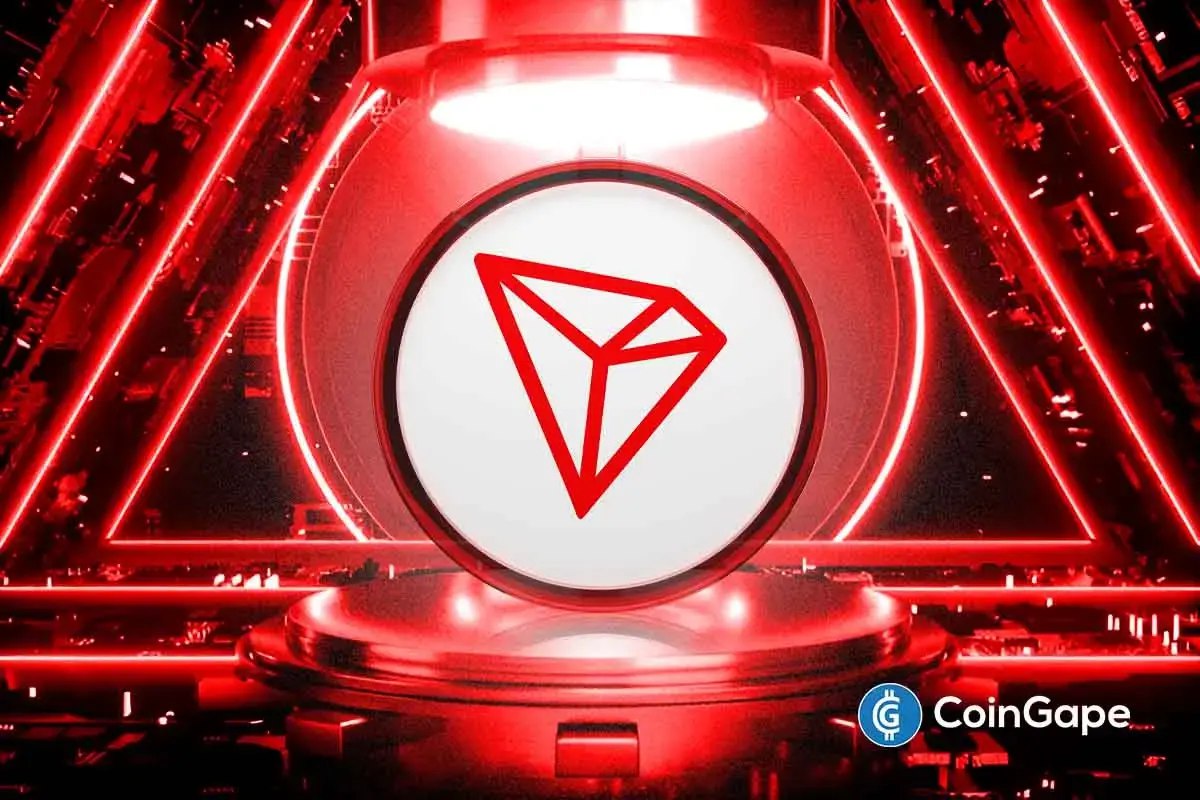
American asset management company Canary Capital has taken a new leap with a new filing for a staked Tron ETF product. Known as the pioneer of some of the most renowned altcoin ETF products, this new Tron ETF has further placed the firm at the forefront of the exchange-traded fund drive.
The Canary Capital Staked Tron ETF
According to the prospectus released by the firm, the new product is dubbed the Canary Staked TRX ETF. The firm is yet to reveal the trading platform the product will trade on, however, it confirms it will provide exposure to the price of Tron.
Based on the pricing data offered by Coindesk Indices, Canary Capital said it will rely on this to establish the Net Asset Value (NAV) for the product. This latest filing comes barely a month after the asset manager filed for Pengu ETF with the US Securities and Exchange Commission (SEC).
This is a breaking news, please check back for updates!!!
Disclaimer: The presented content may include the personal opinion of the author and is subject to market condition. Do your market research before investing in cryptocurrencies. The author or the publication does not hold any responsibility for your personal financial loss.
Altcoin
XRP Price History Signals July As The Next Bullish Month
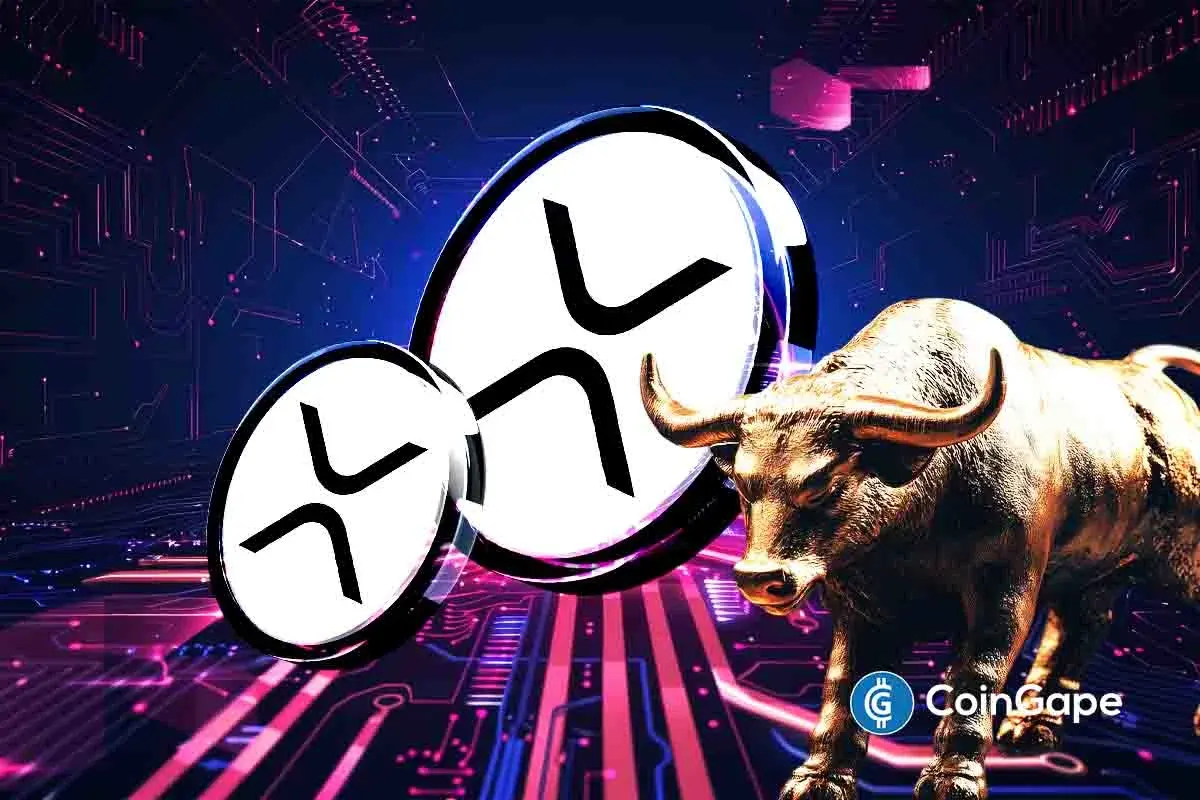
Based on historical data, July could be the next bullish month for the XRP price, which continues to consolidate amid this crypto market downtrend. Despite the market downturn, crypto analysts like CasiTrades are confident that the altcoin could still reach a new all-time high (ATH) in this market cycle.
Historical Data Points To July Being The Next Bullish Month For The XRP Price
Cryptorank data shows that July could be the next bullish month for the XRP price. This is based on the fact that the altcoin has recorded significant gains in each of the last five Julys.
Unlike July, April to June have been mixed for XRP over the last five years. For April, the last three out of five months have been bearish for the altcoin, although it recorded a 174% gain in April 2021.
For May, three out of the last five months have been bearish for the XRP price, although it recorded meagre gains in May 2023 and 2024. Meanwhile, June has been completely bearish for the altcoin, as it recorded monthly losses in the last five months.
It is worth mentioning that four out of the five monthly gains for XRP in July have been double-digit gains. As such, Ripple’s native crypto could again record double-digit gains this coming July.
Interestingly, crypto analyst Egrag Crypto predicted that XRP could reach double digits by its July 21 cycle peak. He alluded to the altcoin’s previous bull runs as to why July could mark this cycle’s peak. The analyst believes the Ripple price could reach $27 by then.
Analysts Argue XRP’s Consolidation Could End Soon
Amid this historical data, crypto analysts Dark Defender and CasiTrades have suggested that the XRP price consolidation could end soon. In an X post, Dark Defender stated that the altcoin’s consolidation is nearing an end and that he believes this is the final consolidation of the monthly structure.
Once this consolidation is done, the crypto analyst remarked that market participants can expect the Wave 5, which will send Ripple’s native crypto to new highs. He highlighted $2.22 and $2.30 as the major resistances to watch out for, while $1.88 and $1.63 are the major support levels. Meanwhile, the targets on this Wave 5 up are $3.75 and $5.85, which will mark a new ATH for the altcoin.
As CoinGape reported, crypto analyst CasiTrades also predicted that the XRP price could soon reach $6 as Wave 2 correction nears its end. The analyst also raised the possibility of the altcoin rallying to as high as $9.50 and $12 if it reaches the 2.618 and 3.618 Fibonacci extension levels, respectively.
However, there is still the possibility of the XRP price dropping below the $2 level before it rallies to new highs. Egrag Crypto warned that Ripple’s native crypto could still drop to as low as $1.4 in the event of a major liquidation.
Disclaimer: The presented content may include the personal opinion of the author and is subject to market condition. Do your market research before investing in cryptocurrencies. The author or the publication does not hold any responsibility for your personal financial loss.
-

 Ethereum18 hours ago
Ethereum18 hours agoEthereum Fee Plunges To 5-Year Low—Is This A Bottom Signal?
-
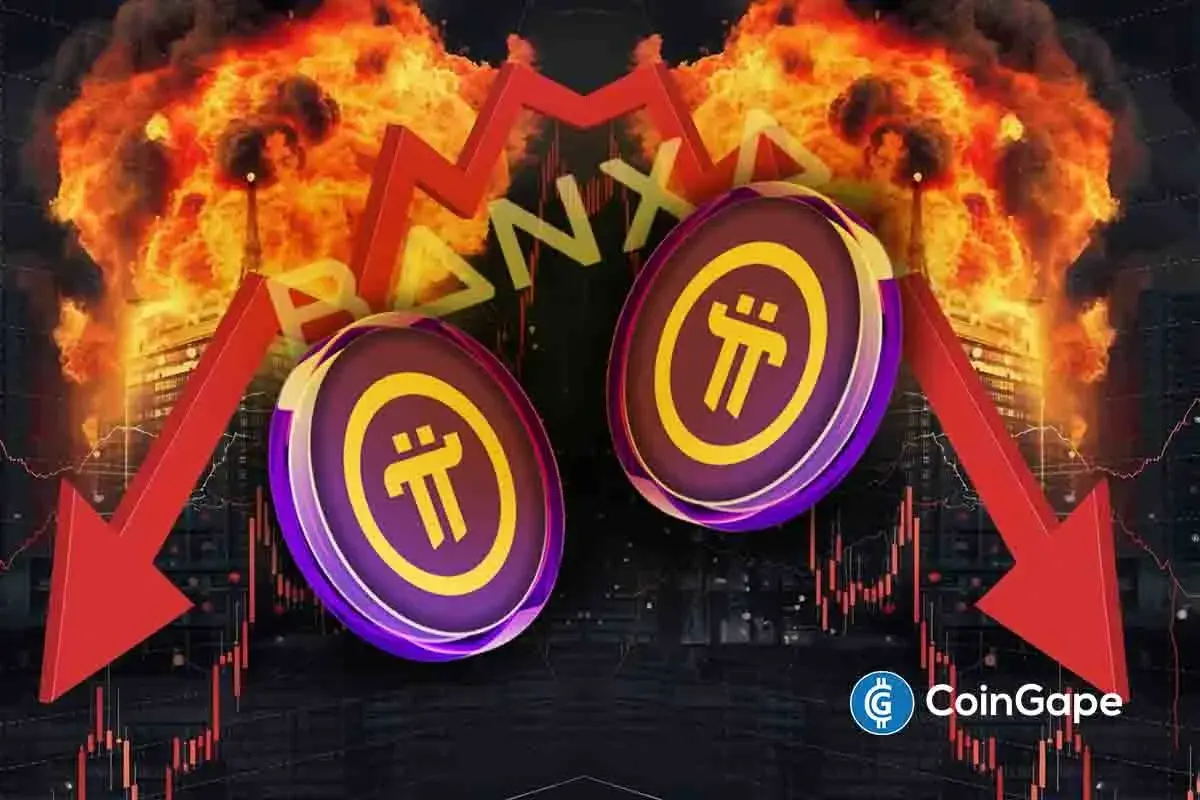
 Altcoin21 hours ago
Altcoin21 hours agoExpert Predicts Pi Network Price Volatility After Shady Activity On Banxa
-

 Market21 hours ago
Market21 hours agoEthereum Price Fights for Momentum—Traders Watch Key Resistance
-

 Market16 hours ago
Market16 hours agoBitcoin Price Gears Up for Next Leg Higher—Upside Potential Builds
-

 Market19 hours ago
Market19 hours agoIs XRP’s Low Price Part of Ripple’s Long-Term Growth Strategy?
-

 Market20 hours ago
Market20 hours agoXRP Price Weakens—Further Losses on The Table?
-

 Altcoin19 hours ago
Altcoin19 hours agoShiba Inu Follows Crypto Market Trend With “Shib Is For Everyone” Post, What’s Happening?
-

 Bitcoin17 hours ago
Bitcoin17 hours agoWhat Good Friday Options Expiry Means for Bitcoin & Ethereum








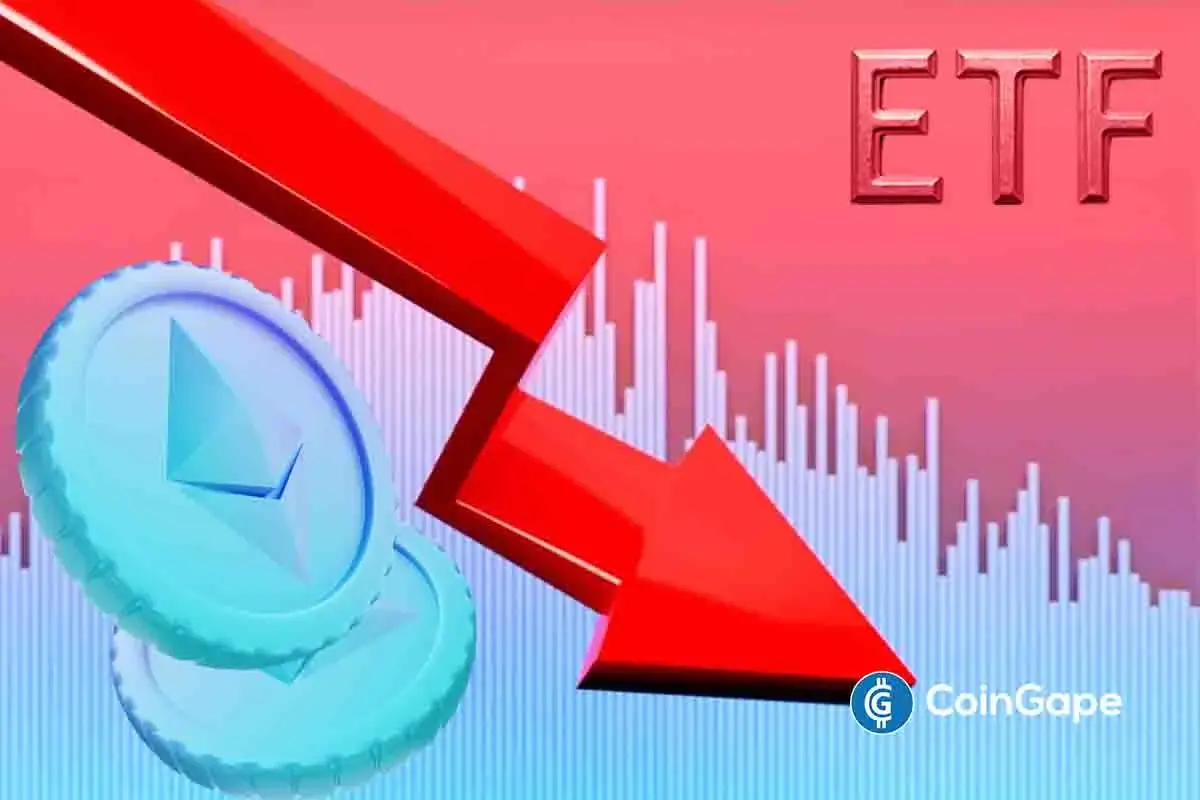

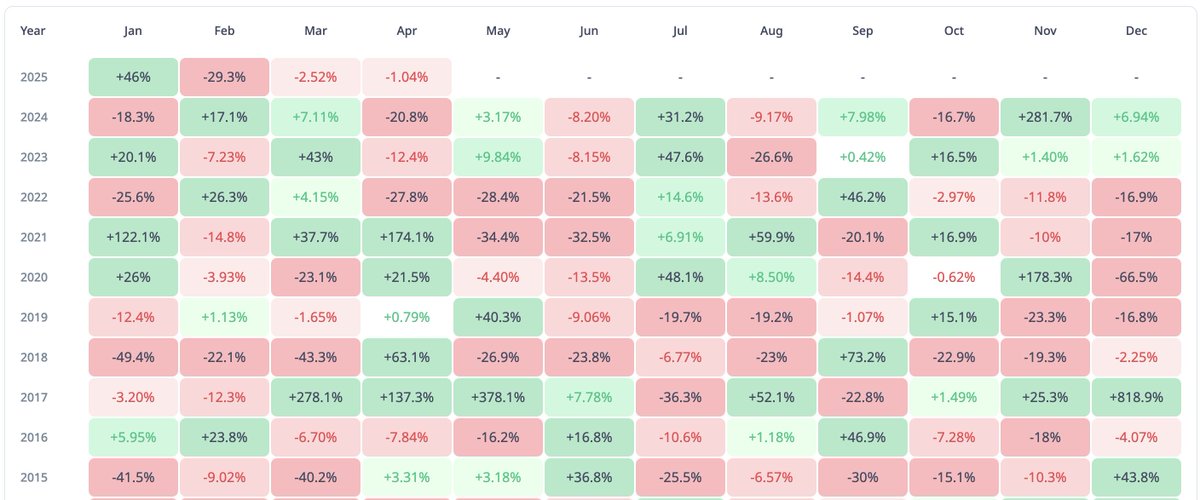
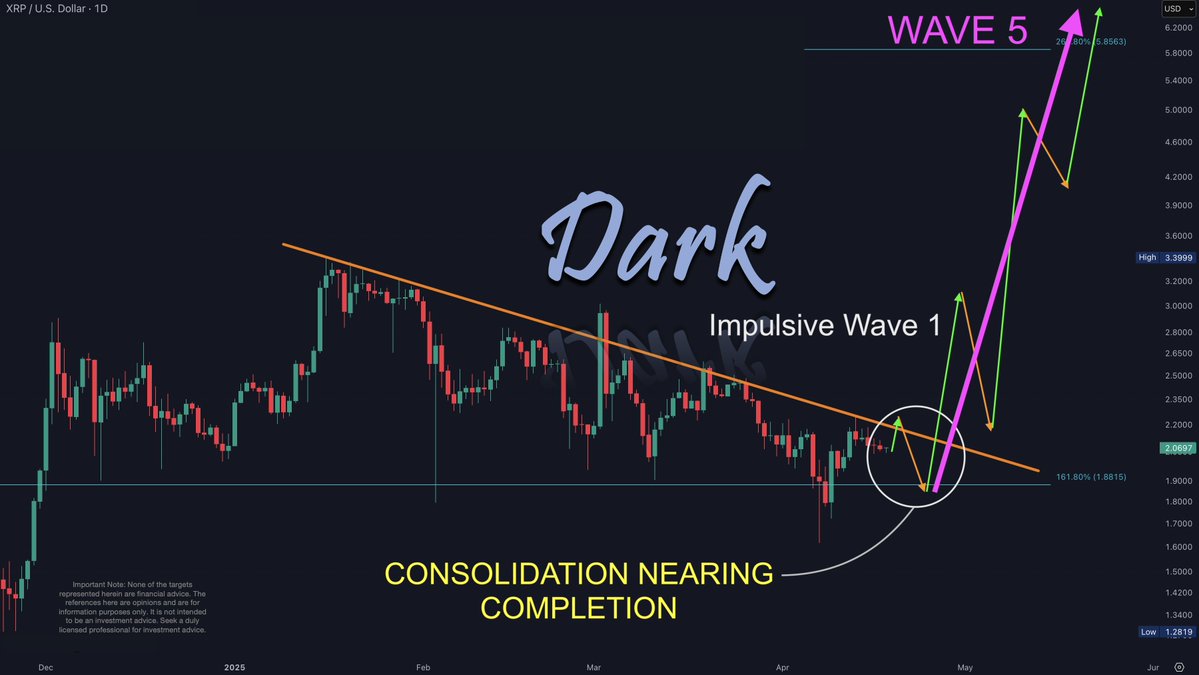










✓ Share: